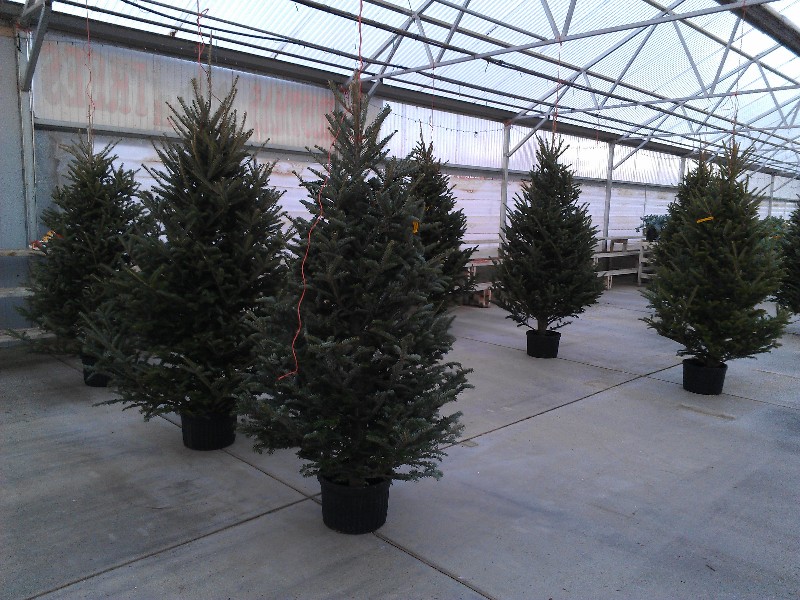If you recently watched the raising of the Christmas tree in Rockefeller Plaza and thought that it was hardly the vision of the perfect tree, you’re not alone. In it’s defense, I don’t think anyone purposefully choose an ugly tree. Instead I think it was merely one more casualty of the pandemic because not only is there a lingering run on toilet paper and other cleaning supplies, but there is also a national shortage of Christmas trees.
The shortage of cut Christmas trees has actually been slowly increasing over the past couple of years, but has largely remained unnoticed until this year when many people have decided to go back to putting up a real tree.
It started about fifteen years ago when there was a glut on the market and there were too many trees. During the recession in 2008 tree sales were down and prices also were down and Christmas tree markets are largely based on supply and demand. Many tree growers either drastically cut back then or simply closed their operations all together. In many cases their land was worth more for development and they sold out.
Considering that on average, depending on the variety, it takes about 7-15 years to grow a tree, to the size that most people want for a cut Christmas tree and that brings us to the present day. Add in droughts on the West Coast and too much rain in the Midwest and you’ve created the perfect storm for short supplies, considering that Oregon, North Carolina, Michigan, Pennsylvania, Wisconsin and Washington are the top Christmas tree producing states.
According to the National Christmas Tree Association, in 2018 there were 32.8 million cut trees sold. In 2019 that number dropped to 26.2 million, but I suspect that number will greatly increase this year. Perhaps it’s because we’re all going to be more home-centered this holiday season because of the pandemic, but it seems that many people now have a renewed interest in having a cut or live tree for their Christmas celebration. Perhaps it’s because millennials have a desire to re-create the Christmas they remember from childhood, complete with real tree, sap, and needles on the carpet.
You should feel great about the choice to return to using a cut or live tree for your Christmas tree this year. Not only does it provide a livelihood for over 15,000 farms and over 100,000 people employed in the business of growing Christmas trees, they are also a renewable, recyclable resource. There are close to 350 million Christmas trees currently in cultivation on farms in the United States and for every tree harvested, one to three new seedlings are planted each year. Many people don’t realize that growing Christmas trees is a year round job.
Each year, we always have folks showing up at the garden center on Christmas Eve with the thought of finding their perfect tree to take home but I wouldn’t wait to do that this year as I suspect they will sell out quickly. If you can’t find the perfect 8′ tree, you may need to be flexible and settle for another size. If you have a shady, cool place to store your tree, they can be bought now and easily held. Have the seller make a fresh cut in the trunk and store it upright in a corner in a bucket of water until you are ready to take it indoors and decorate.
Although artificial trees are still an option, experts claim that if you choose an artificial tree, you should plan to use it for 10-20 years. Since hazardous materials are released during production that are detrimental to both humans and the environment, and it takes years for an artificial tree to decompose in a landfill, choosing a real tree that helps clean the air as it grows, then can later be recycled into mulch, or used in other ways may be a better choice. In fact, sales of real trees still outnumber sales of artificial ones.
First there was a toilet paper shortage, now there’s a shortage of Christmas trees. What else should we have expected as we finish out 2020?

